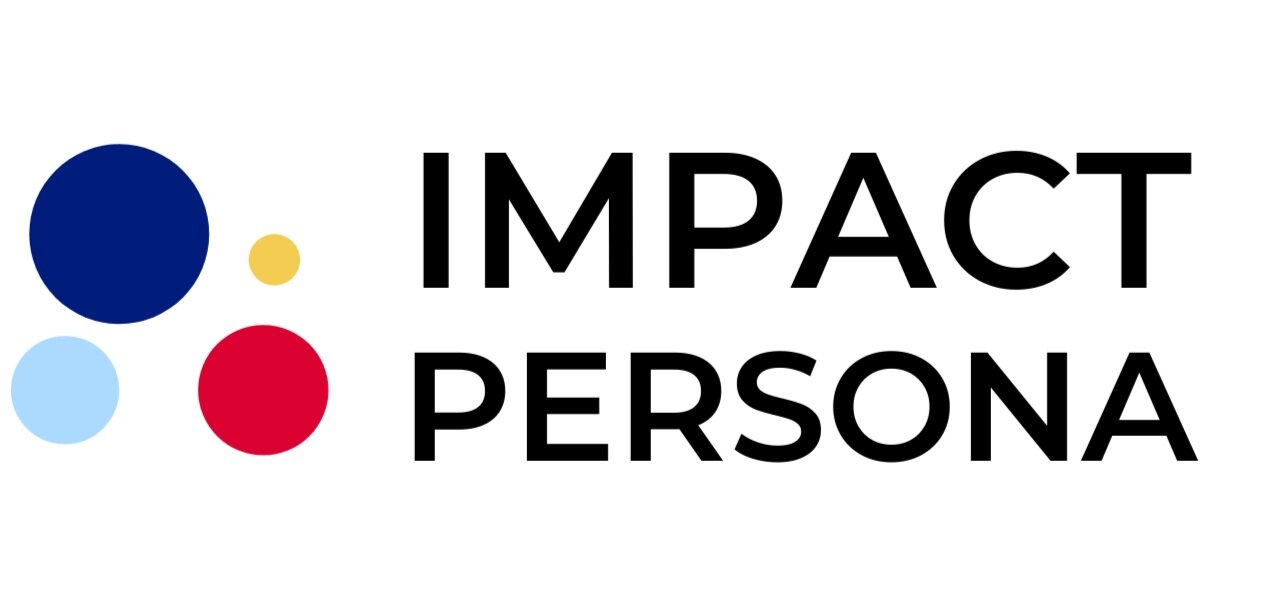Knowing the Personality of your Buyers is The Secret to Marketing That Converts
Ever felt like your marketing messages just... miss the mark? You’ve got a great product, a solid strategy, and a clear goal, but somehow, your audience isn’t responding the way you hoped.
The problem might not be what you’re saying. It’s how you’re saying it.
Why One-Size-Fits-All Marketing Fails
Imagine this. You’ve been invited to an event as an industry expert. You're speaking to a room full of people, and you’re using the same tone, style, and approach for everyone. The result? Some people are nodding along, others are zoning out, and a few might even be walking out the door.
That’s what happens when we don’t consider the different ways people process information and make decisions.
But what if you could deliver a speech that connected with everyone? Is this even possible?!
Yes it is, with DISC. DISC (Dominance, Influence, Steadiness and Compliance) is a simple yet powerful tool that gives you useful insights into the personality of your buyers and can ultimately help you craft messages that truly resonate. By understanding these four main behavioural types, you can create marketing campaigns that speak directly to your audience’s needs, preferences, and communication styles.
The Four Behavioural Types: A Quick Guide
Before we get into the nitty-gritty, let’s look at the DISC model:
D (Dominance): These are your go-getters. They’re decisive, results-driven, and value efficiency.
I (Influence): These are the sociable cheerleaders. They’re enthusiastic, persuasive, and love engaging with others.
S (Steadiness): These are your steady rocks. They’re patient, reliable, and value trust and stability.
C (Conscientiousness): These are the detail-oriented thinkers. They’re analytical, systematic, and value accuracy.
Each personality type responds differently to marketing messages. The key is to tailor your approach to match their unique preferences.
Speaking the Language of Dominance (D)
If your audience is full of D-style personalities, they don’t have time for fluff. They want you to get to the point—fast. Most CEOs and Directors tend to fall under this archetype.
How to connect with them:
Focus on results and outcomes. Highlight how your product or service will help them achieve their goals.
Use strong, action-oriented language. Think: “Get results in 30 days” or “Boost productivity now.”
Keep it concise. D personalities don’t want to work through paragraphs of text to find the key takeaway.
Example: A software company targeting D personalities might say, “Streamline your workflow and cut costs by 20%. Start your free trial today.”
Real-World Case Study: Nike’s “Just Do It” campaign is a perfect example of messaging that appeals to D personalities. It’s direct, action-oriented, and speaks to achievement and results.
Engaging the Influence (I) Personality
I-style personalities are all about energy, excitement, and connection. If your message feels dry or impersonal, they’ll tune out.
How to connect with them:
Use storytelling to create an emotional connection. Share relatable experiences or customer success stories.
Make it fun and engaging. Use vibrant visuals, humor, or interactive elements like polls or quizzes.
Highlight social proof. Show them that others are loving your product or service.
Example: A fashion brand targeting I personalities might say, “Join the trendsetters! Shop our new collection and be the first to turn heads this season.”
Real-World Case Study: Coca-Cola’s “Share a Coke” campaign engaged I-style personalities by personalising bottles with names, encouraging social interaction, and leveraging the fun, communal nature of the brand.
Building Trust with Steadiness (S) Personalities
S-style personalities value stability, trust, and long-term relationships. They’re not interested in fancy gimmicks or high-pressure sales tactics.
How to connect with them:
Focus on reliability and support. Emphasise how your product or service will make their life easier or more secure.
Use testimonials and case studies to build credibility.
Be patient and avoid pushing for quick decisions. S personalities prefer to take their time.
Example: A financial services company targeting S-styles might say, “Plan for a secure future with our trusted advisors. Start your journey to financial peace of mind today.”
Real-World Case Study: Johnson & Johnson’s “No More Tears” campaign reassured parents by emphasising safety, trust, and reliability. These are key factors that appeal to S-styles.
Appealing to Conscientiousness (C) Styles
C-style personalities are the thinkers and planners. They want all the details before making a decision. Broadly speaking, many accountants, engineerings and financial planners tend to be C-styles, so if when marketing to such profiles, look out for the following tips.
How to connect with them:
Provide data-driven insights and clear, logical explanations.
Use structured content like charts, graphs, or step-by-step guides.
Highlight precision and quality. Show them that your product or service is backed by research and expertise.
Example: A tech company targeting C-styles might say, “Our software is built on 10 years of research and delivers 99.9% accuracy. See the data for yourself.”
Real-World Case Study: IBM’s marketing heavily appeals to C-styles by emphasising data, innovation, and structured, research-backed solutions.
Putting It All Together: DISC in Action
So, how do you actually use DISC in your marketing strategy?
Start by segmenting your audience based on their personality traits.
Use surveys, analytics, or behavioral data to identify which DISC types are most prevalent in your target market.
Then, tailor your messaging accordingly.
But don’t stop there. Test and refine your campaigns to see what works best. Maybe your D-style audience responds better to bold CTAs, while your S audience prefers a softer, more relational approach. The more you experiment, the more you’ll learn about what resonates with each group.
Your Turn to Resonate
At the end of the day, marketing is about connection. And connection starts with understanding who you’re talking to. By using the DISC model, you can craft messages that don’t just reach your audience. They resonate with them.
So, here’s my question for you: Which personality type does your current marketing strategy speak to, and which ones are you missing?
Which personality type do you see yourself as? Comment below! 😃
